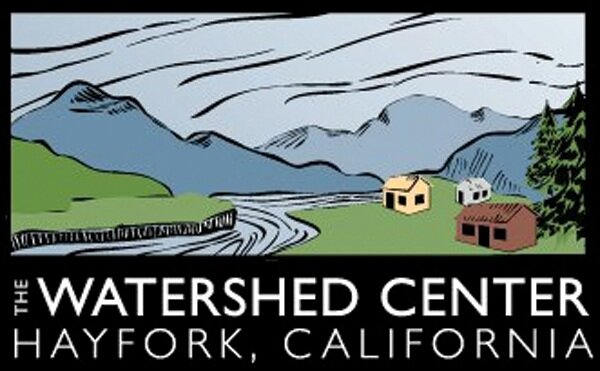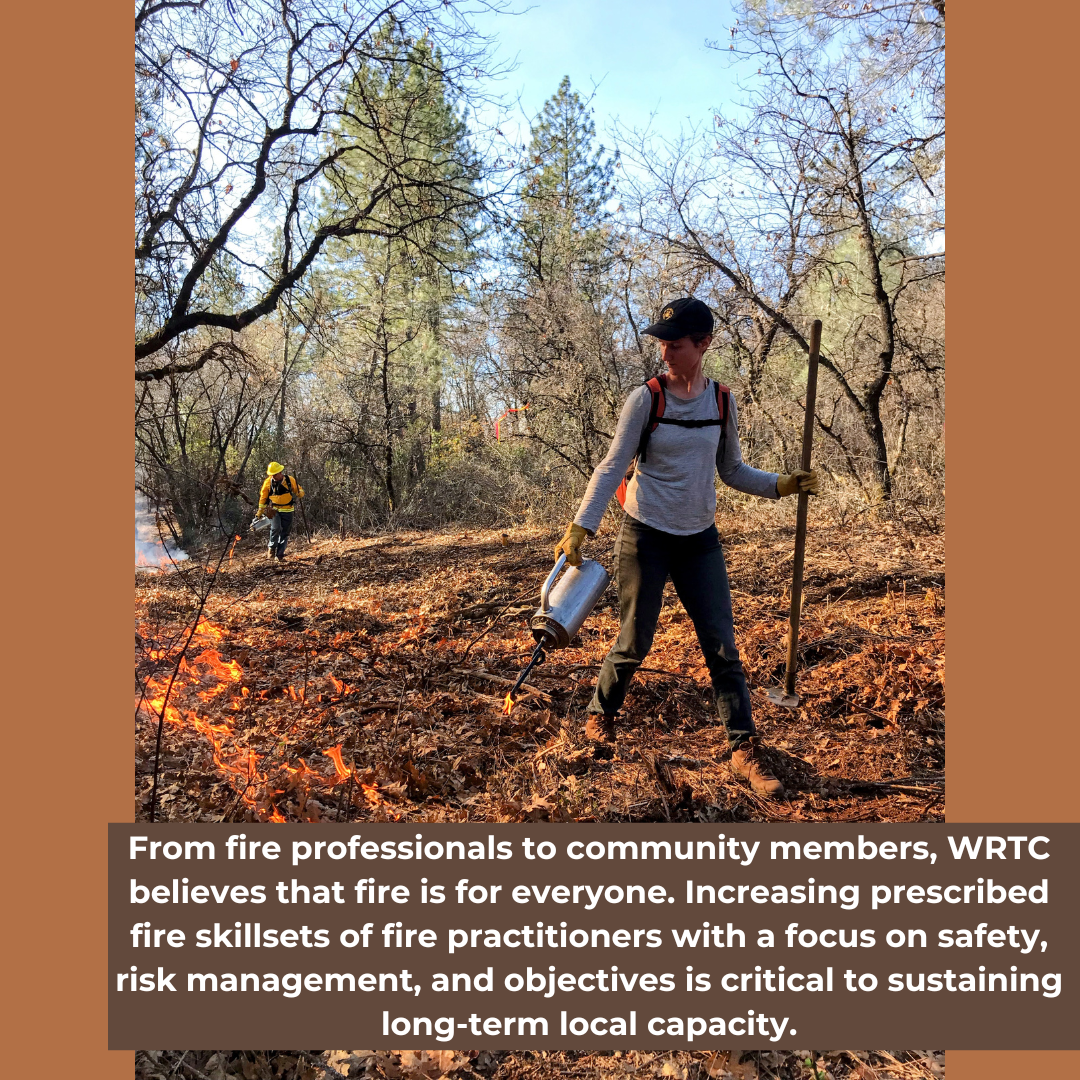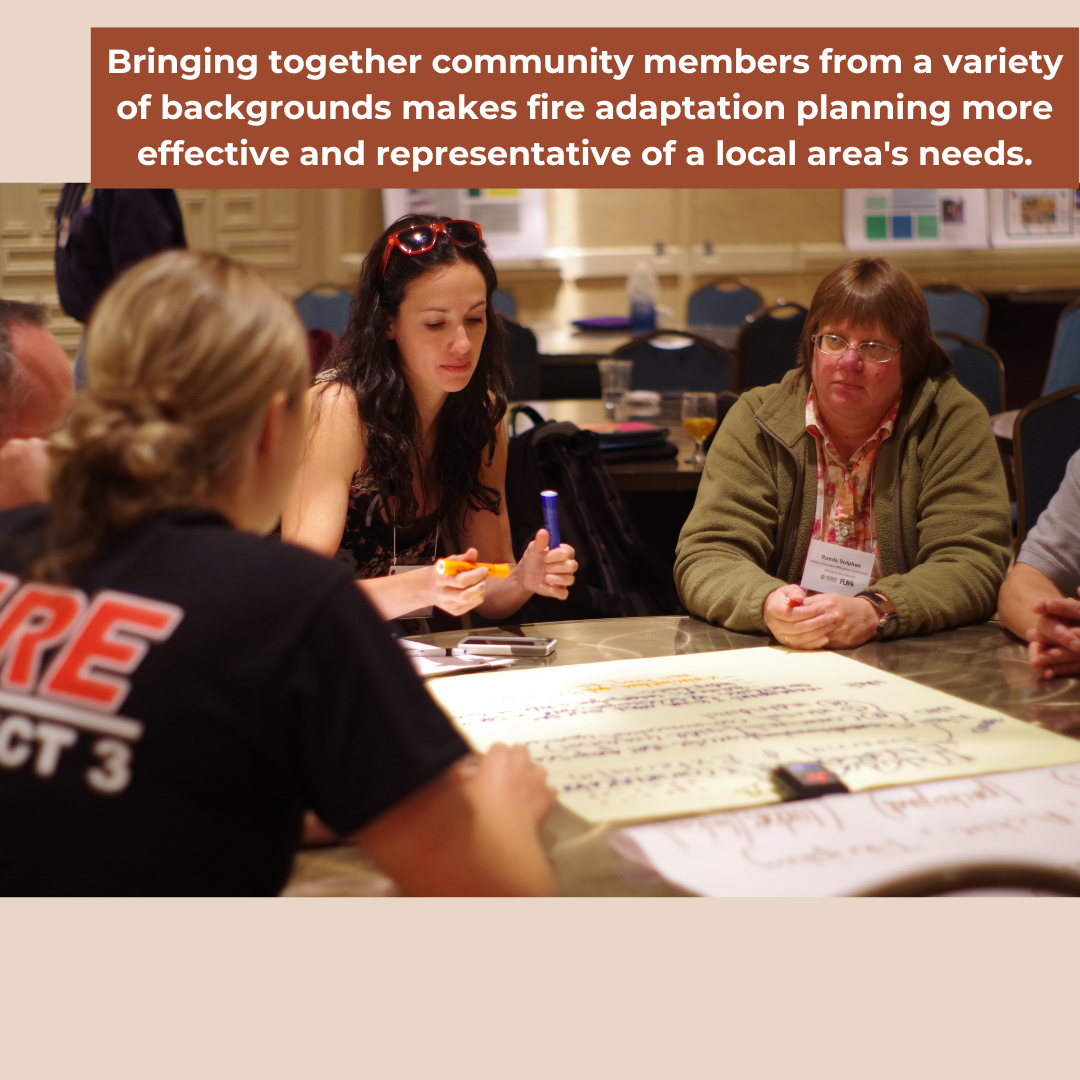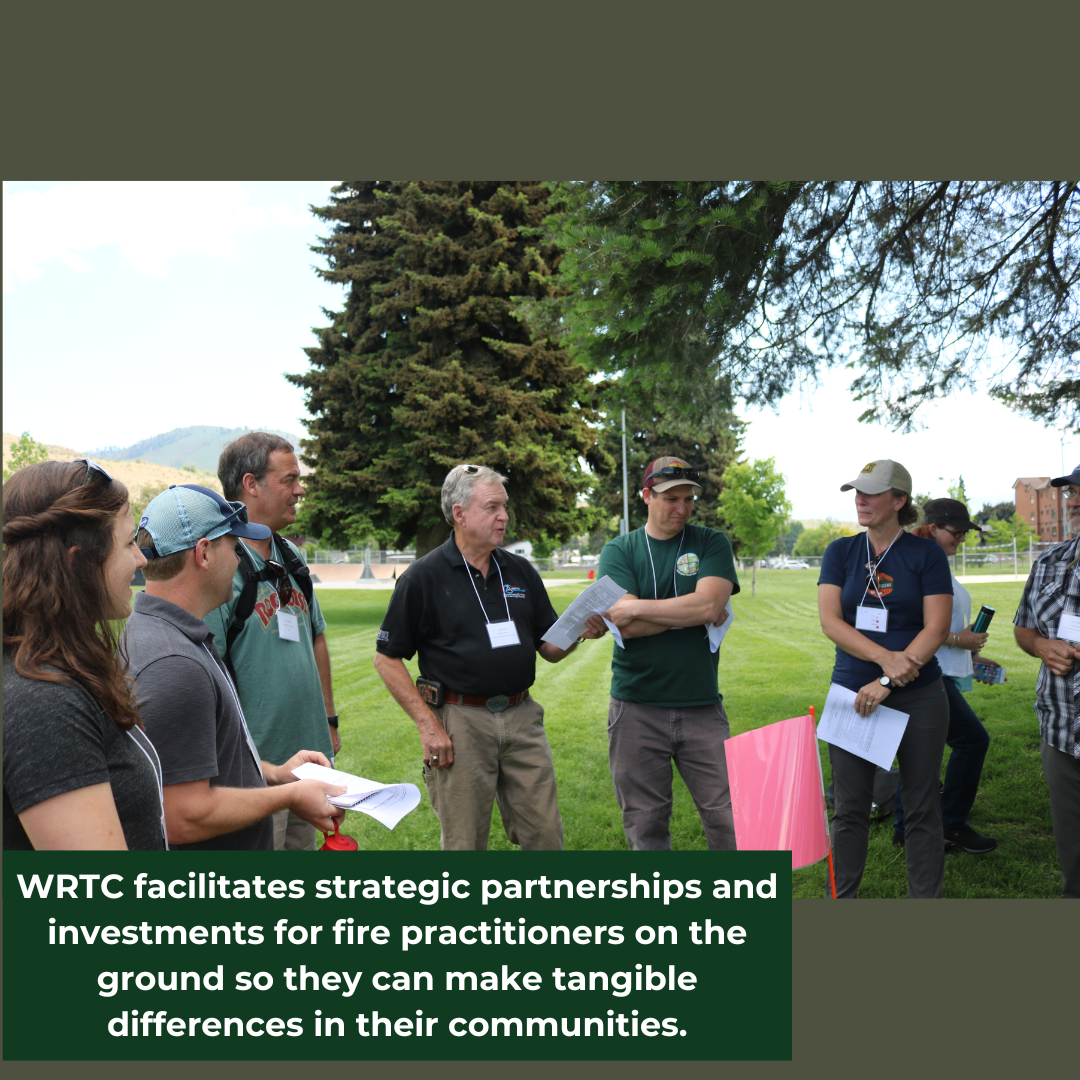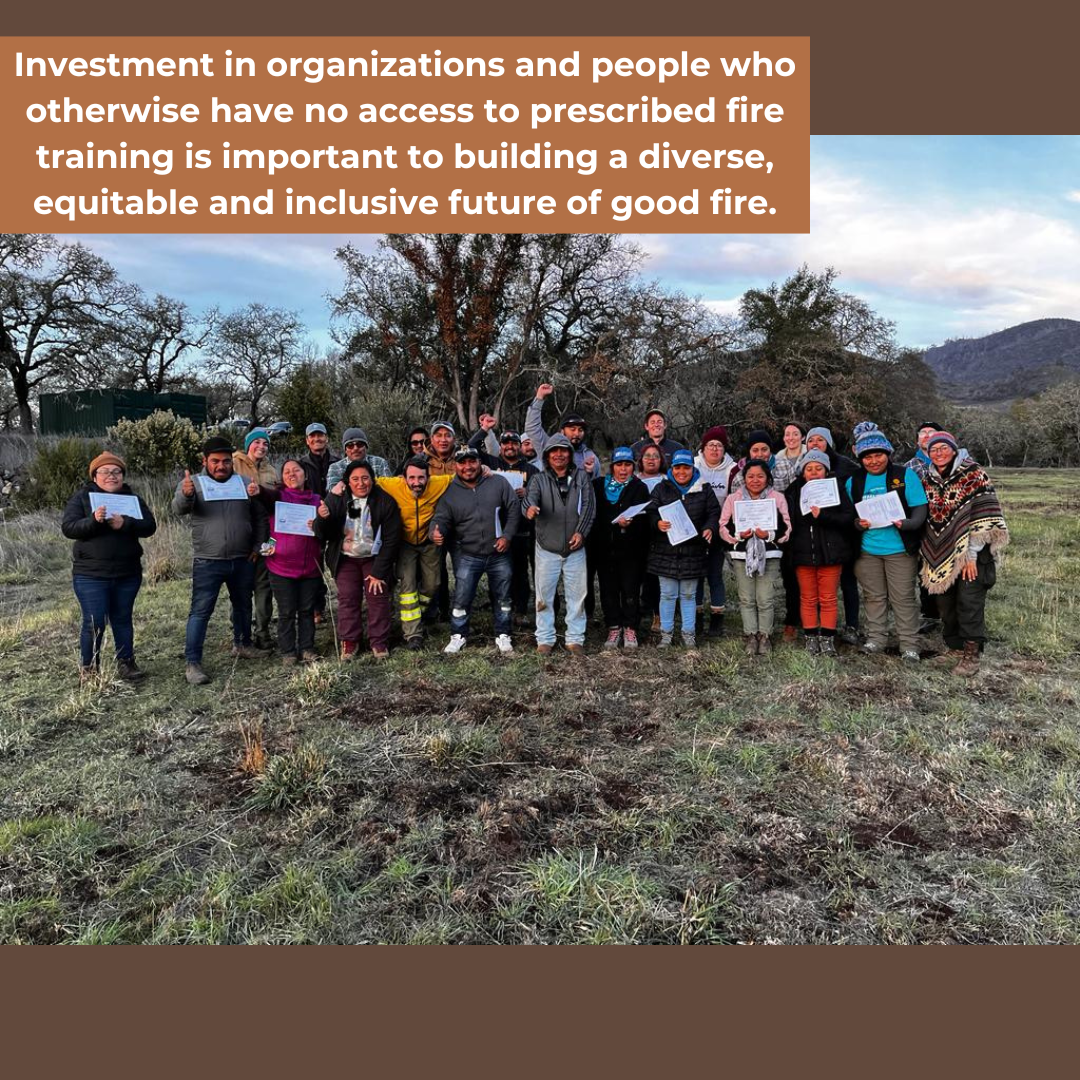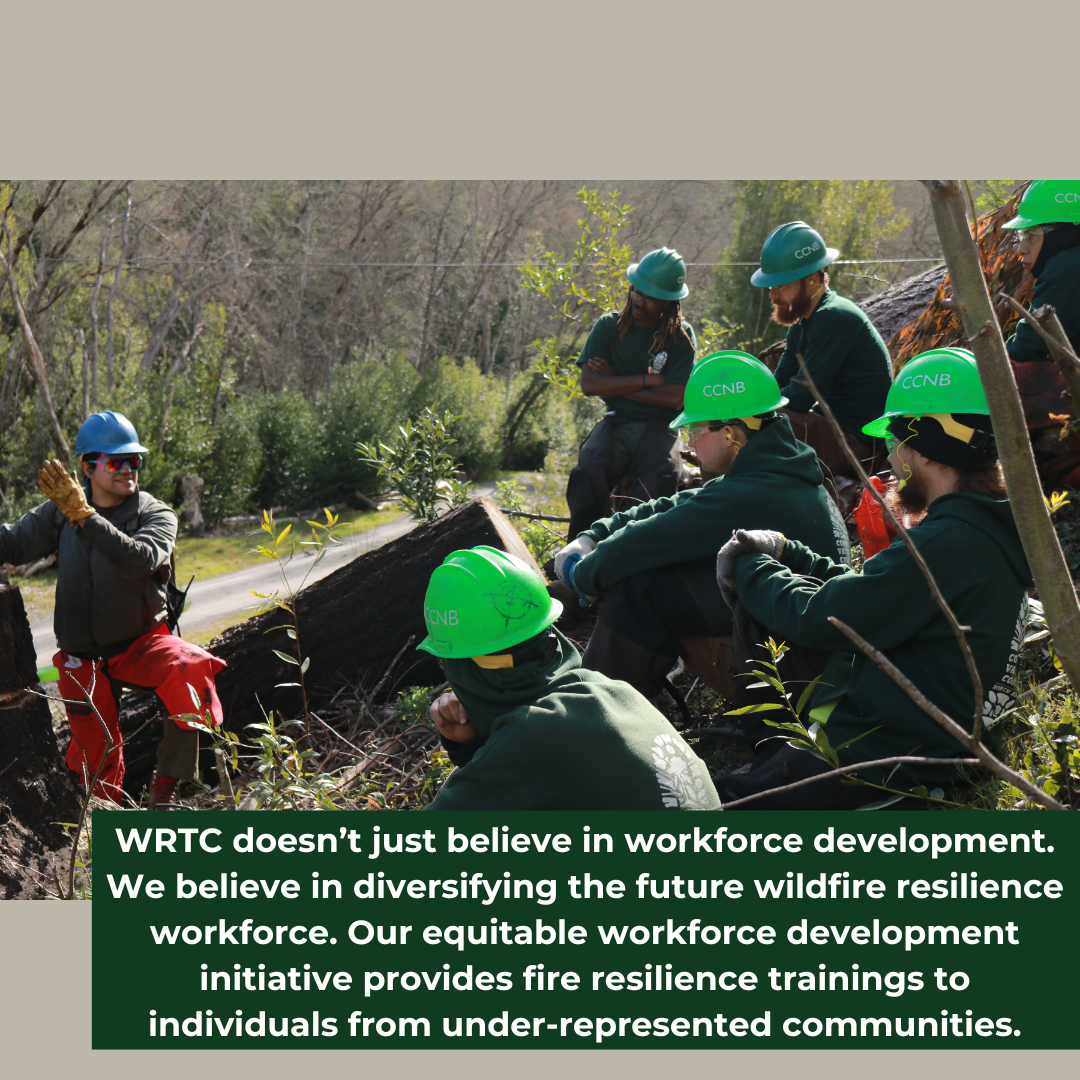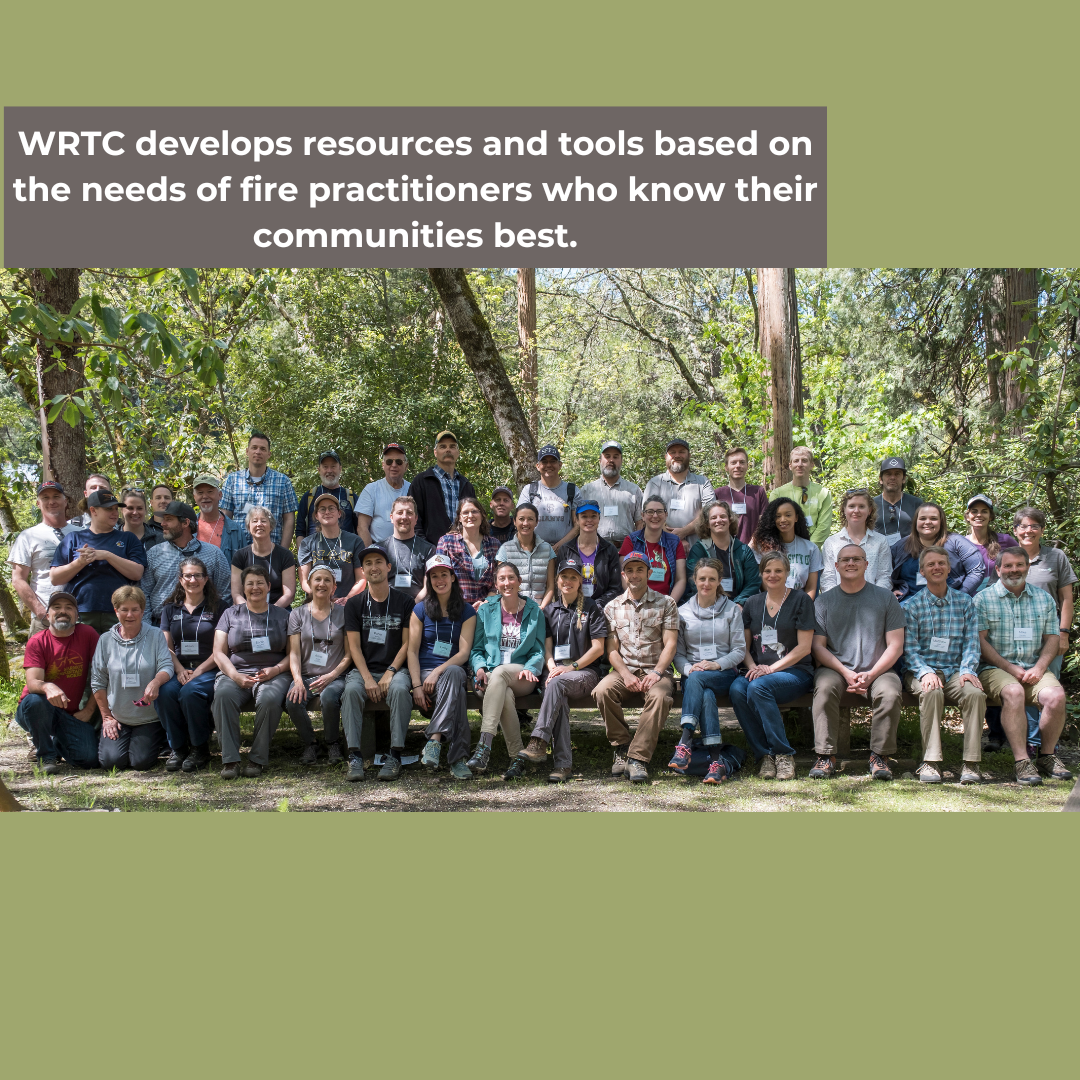Regional Forest and Fire Capacity
Overview
The Watershed Center is one of the California Department of Conservation’s Regional Forest and Fire Capacity (RFFC) grantees. While many of the other RFFC grantees work in a specific region of the state, our program is statewide in nature and leverages our thirty-year track record of success regarding building place-based, strategic capacity for wildfire resilience. Our RFFC grant focuses on building technical capacity, providing professional development, peer networking to advance the dissemination of best practices, advancing state policy and programs, and coordinating the other RFFC grantees. Our RFFC team is advancing the following desired outcomes throughout the state:
California wildfire resilience practitioners’ capacity to advance their state’s forest and fire strategies increases. Practitioners have access to a range of strategy and skill development tools, ideas, resources, and support in implementing them. Projects and practices are responsive to local assets and needs and advance socially and ecologically grounded visions for improved fire outcomes. Practitioners are able to access support and connections over time as their work and context evolves.
Underrepresented groups are increasingly engaged in professional development regarding the full range of wildfire resilience employment opportunities; long term, the wildfire resilience workforce is more diversified.
Intertribal efforts receive funding in a manner that is native-led and respects tribal sovereignty.
The advancement of one or more wildfire mitigation demonstration projects that benefit underserved communities through collaboration.
Other RFFC grantees have coordinated communications with one another and technical assistance as needed.
The California Wildfire and Forest Resilience Task Force strategies and plans reflect the learning and state of practice that California-based practitioners (and national partners) are enacting. State wildfire strategies are more inclusive of social and cultural considerations. Issues of multi-scalar governance and investment systems are illuminated, which supports the evolution of aligned strategies that will enable multi-scalar action. The needs of local and regional actors are documented and shared with program and policy level actors to support alignment.
Enabling policies and/or authorities as well as barriers to wildfire resilience and forest stewardship implementation are identified and understood.
To learn more about different WRTC programs contributing to RFFC, see the following links:
California Wildfire Resilience Policy, Strategy, and Partnerships (link forthcoming)
This map shows the various subawardees, training recipients, and other key partners involved in the Watershed Center’s RFFC program.
In addition to the partners located on the map above, the Watershed Research and Training Center works with a number of other statewide and national partners to advance the goals and objectives of RFFC:
California Fire Safe Council
Cause Capacity
Fire Learning Network
Indigenous Stewardship Network
The Nature Conservancy
Success Stories
December 2023 - Better Fire Futures Project
December 2023 - Multi-Year Capacity Investments Produce Capacity “Dividends” in Butte County
December 2023 - WRTC Prescribed Fire 2023 Accomplishments
December 2023 - Bringing Intentional Fire Back to Communities, For Good
December 2023 - Return on Prescribed Fire Investments made in Butte County
October 2023 - The Watershed Research and Training Center Partners with Local Conservation Corps to Build California’s Wildfire Resilience Workforce
May 2023 - Diversity, Equity, Inclusion and Justice: A Practice, Not a State of Being
April 2023 - YES Magazine: From Farmworkers to Land Healers
June 2022 - Equitable Workforce Development in Fire Resilience: Creating Pathways for Priority Populations
July 2020 - Review and Synthesis of Regional Priority Planning Processes in California
January 2020 - Investment Opportunities for Increasing Forest and Fire Management Capacity in California: A Capacity and Needs Assessment of Local Groups, Nonprofits and Tribes
The work upon which this publication is based was funded in whole or in part through a Regional Forest and Fire Capacity grant awarded by the California Department of Conservation.
